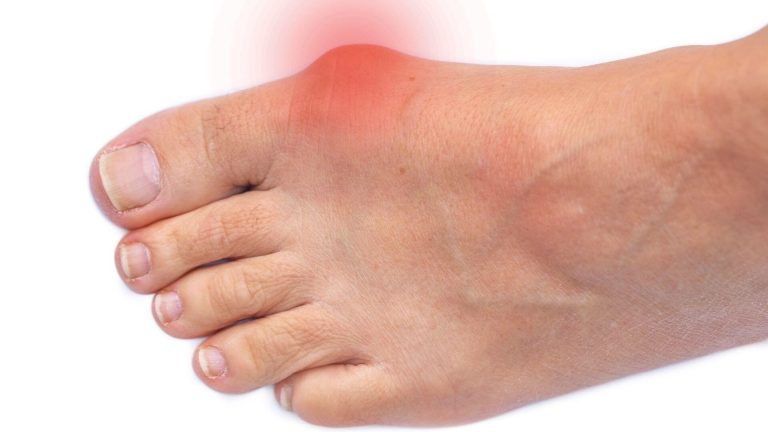Flat Foot (Pes Planus)
Flat Foot is where the arch of your foot is collapsed, this is also known as a pes planus foot type. It is common in children as they may still be developing their arches. Flat foot can also be broadly characterised by flexible and rigid flat foot deformity. Not all flat feet are problematic or considered pathological.
The arch can also drop when you are older due to weakening of tendons.
Factors that may cause flat foot include:
An injury to your foot and/or ankle
Rheumatoid arthritis
Genetics
Hypermobility
Obesity
Failure of tendons that support the arch
Tightness of calves
Flat feet can have adverse effects on the body, the issue may cause pain in your feet, ankle, legs, back, knees and hip.
It’s important to arrange an appointment with a specialist who can assess and provide you with a treatment plan.
Treatment may include:
Physiotherapy and Stretching
Mr Hester may advise on stretching exercises that can help correct the fallen arch and decrease pain.
Custom Orthotics
Following a gait analysis, your specialist may suggest custom orthotics that can support your arch. The gait analysis will also assess issues that may be causing pain to your musculoskeletal system, such as calf pain and back pain, the orthotics can for example include a heel raise that can reduce the strain to your calf which may be caused by your flat foot issue.
In more severe cases of flat feet your specialist may instead advise on a brace.
Surgical Management
What is flatfoot reconstruction?
Essentially it means that the flatfoot deformity is corrected. This can be done in a combination of methods which could involve using extra-articular implants to stabilise the feet, cutting and resetting the heel bone to realign the hindfoot, fusing the midfoot joints to reduce the collapse of the arch, tendon transfer to improve the strength of the arch and function of the foot.
What is minimally invasive flatfoot surgery?
Minimally invasive flatfoot surgery would involve using specialised instruments to cut and reset the hindfoot joints, in particular the calcaneus heel bone to centralise and then use screws through small incisions to allow the repositioning of the heel bone.
Can flat feet be corrected with surgery?
Yes. Flat feet can be corrected if they are pathological and cause pain and appear to be progressive in their nature with surgical intervention.
When is flatfoot surgery necessary?
Flatfoot surgery is necessary where there is disease or pathology related to tendons or ligaments that has caused an acquired flatfoot deformity. It is also essential where function is compromised and conservative treatments have failed. It is also essential when there is pain and functional disability.
How long does reconstructive foot surgery take?
The time ranges depending on the surgical intervention required. For example a full reconstruction and tendon transfers could take anything from two to two and a half hours.
How quickly can I return to activities after flatfoot construction surgery?
The return to activity would very much depend on the type of surgery. Minimally invasive surgery may require a period of immobilisation for six weeks and then careful mobilisation but full return to activity may still be many months. Significant reconstructive surgery could involve 6 to 12 months before one is returning back to sports or any aggressive activity.
What kind of support do you need for flat feet?
The appropriate shoes which are a rigid trainer with good arch support is essential. One could also wear orthotics or specialised insoles or devices to support their arch during the gait. A range of exercises can also be used to improve strength of the foot.
What exercises are good for flat feet?
The simple exercises that can help include single heel raise exercises to stand and try to elevate your heel and place your weight on the forefoot and to repeat this. Trying to pick a towel up with your toes from the floor or a piece of paper to strengthen your arch. Stretching the calf muscles can also help.
Can you walk after flatfoot surgery?
After a period of rehabilitation one should be able to return back to walking and exercise. This is very much dependent on individual cases in terms of exercise return.

We need your consent to load the translations
We use a third-party service to translate the website content that may collect data about your activity. Please review the details in the privacy policy and accept the service to view the translations.
